The hidden meanings of Destined to be Happy exhibition - The Interview with Irina Korina
10 January 2017 | By
09 January 2017 | By
Inside the Picture: Installation Art in Three Acts - by Jane A. Sharp
19 November 2016 | By
Conversations with Andrei Monastyrski - by Sabine Hänsgen
17 November 2016 | By
Thinking Pictures | Introduction - by Jane A. Sharp
15 November 2016 | By
31 October 2016 | By
Tatlin and his objects - by James McLean
02 August 2016 | By
Housing, interior design and the Soviet woman during the Khrushchev era - by Jemimah Hudson
02 August 2016 | By
Dressing the Soviet Woman Part 3: "Are Russians Women?" Vogue on Soviet Vanity - by Waleria Dorogova
18 May 2016 | By
Dressing the Soviet Woman Part 1 - by Waleria Dorogova
13 May 2016 | By
Eisenstein's Circle: Interview With Artist Alisa Oleva
31 March 2016 | By
Mescherin and his Elektronik Orchestra - by James McLean
13 January 2016 | By
SSEES Centenary Film Festival Opening Night - A review by Georgina Saunders
27 October 2015 | By
Nijinsky's Jeux by Olivia Bašić
28 July 2015 | By
Learning the theremin by Ortino
06 July 2015 | By
Impressions of Post- Soviet Warsaw by Harriet Halsey
05 May 2015 | By
Facing the Monument: Facing the Future
11 March 2015 | By Bazarov
'Bolt' and the problem of Soviet ballet, 1931
16 February 2015 | By Ivan Sollertinsky
Some Thoughts on the Ballets Russes Abroad
16 December 2014 | By Isabel Stockholm
Last Orders for the Grand Duchy
11 December 2014 | By Bazarov
Rozanova and Malevich – Racing Towards Abstraction?
15 October 2014 | By Mollie Arbuthnot
Cold War Curios: Chasing Down Classics of Soviet Design
25 September 2014 | By
Walter Spies, Moscow 1895 – Indonesia 1942
13 August 2014 | By Bazarov
'Lenin is a Mushroom' and Other Spoofs from the Late Soviet Era
07 August 2014 | By Eugenia Ellanskaya
From Canvas to Fabric: Liubov Popova and Sonia Delaunay
29 July 2014 | By Alex Chiriac
My Communist Childhood: Growing up in Soviet Romania
21 July 2014 | By Alex Chiriac
Monumental Misconceptions: The Artist as Liberator of Forgotten Art
12 May 2014 | By Rachel Hajek
28 April 2014 | By Rachel Hajek
An Orgy Becomes a Brawl: Chagall's Illustrations for Gogol's Dead Souls
14 April 2014 | By Josephine Roulet
KINO/FILM | Stone Lithography Demonstration at the London Print Studio
08 April 2014 | By Alex Chiriac
24 March 2014 | By Renée-Claude Landry
Book review | A Mysterious Accord: 65 Maximiliana, or the Illegal Practice of Astronomy
19 March 2014 | By Rosie Rockel
Leading Ladies: Laura Knight and the Ballets Russes
10 March 2014 | By Bazarov
Exhibition Review | Cash flow: The Russian Pavilion at the 2013 Venice Biennale
03 March 2014 | By Rosie Rockel
24 February 2014 | By Ellie Pavey
Guest Blog | Pulsating Crystals
17 February 2014 | By Robert Chandler Chandler
Theatre Review | Portrait as Presence in Fortune’s Fool (1848) by Ivan Turgenev
10 February 2014 | By Bazarov
03 February 2014 | By Paul Rennie
Amazons in Australia – Unravelling Space and Place Down-Under
27 January 2014 | By Bazarov
Exhibition Review | Siberia and the East, fire and ice. A synthesis of the indigenous and the exotic
11 December 2013 | By Nina Lobanov-Rostovsky
Shostakovich: A Russian Composer?
05 December 2013 | By Bazarov
Marianne von Werefkin: Western Art – Russian Soul
05 November 2013 | By Bazarov
Chagall Self-portraits at the Musée Chagall, Nice/St Paul-de-Vence
28 September 2013 | By Bazarov
31 July 2013 | By Richard Barling
Exhibition review | Lissitsky — Kabakov: Utopia and Reality
25 April 2013 | By Richard Barling
Exhibition review | Ilya and Emilia Kabakov: The Happiest Man
18 April 2013 | By Richard Barling
11 December 2014 | By Bazarov

When Tsar Alexander 1 sat down with Napoleon in Tilsit in 1809 to divide up their respective spheres of influence, the territory of present day Finland was detached from Sweden, its rulers for the previous 600 years. Following the annexation and subsequent conquest of the Finnish territories by Russia, Alexander proclaimed himself ruler of a new Grand Duchy, and set about creating a fitting capital, selecting for its site in 1812 the small town of Helsinki, population 4000, which had been badly damaged by fire a few years before. The brief given to the head of the reconstruction committee was for a city grand enough to serve as ‘the symbolic heart of the Grand Duchy of Finland, where all the main institutions had an exact place dictated by their function in the hierarchy’. Russian administrative bureaucracy was to be turned into stone at the western end of the Gulf of Finland, opposite Peter the Great’s Baltic retreat at Tallinn, and close enough to the Imperial capital St Petersburg.
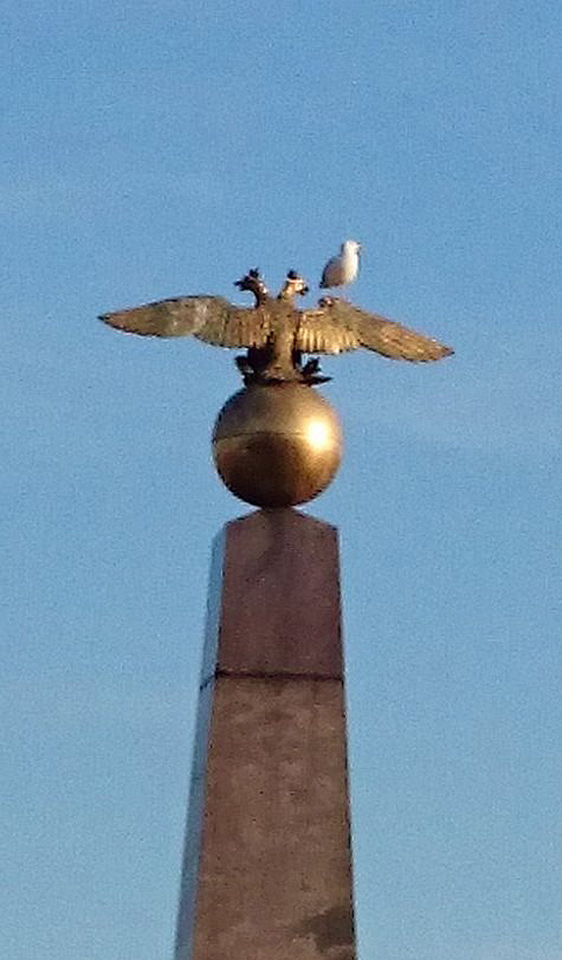
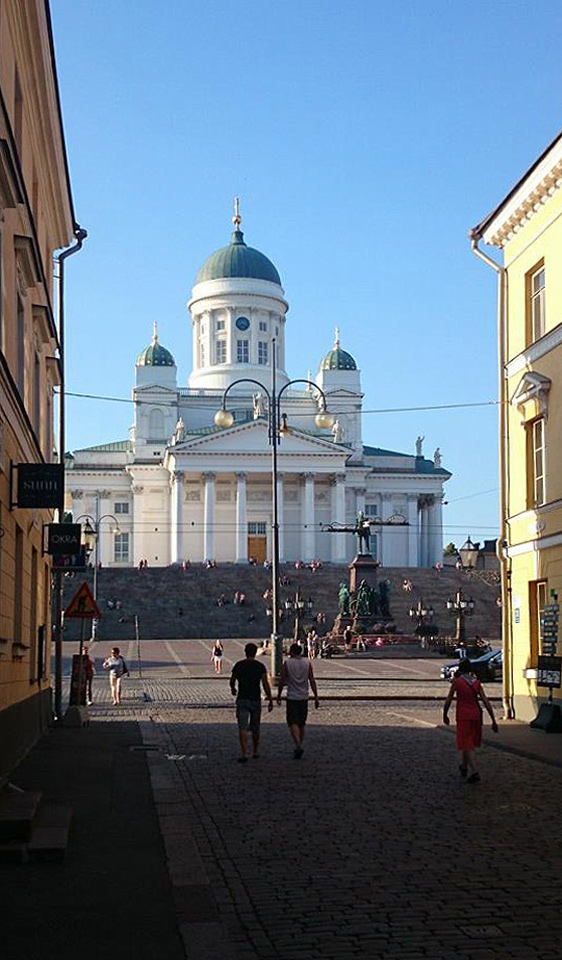
Helsinki vignettes. Memorial to the visit of the Empress Alexandra (left), Lutheran Cathedral by C. L. Engel, consecrated 1852 (right). Photographs by Bazarov
The chosen architect, Carl Ludwig Engel (1778–1840), was born, raised and trained in Berlin and earned something of a reputation for designing dams, mills and water pumps, before being awarded the post of municipal architect in Tallinn.
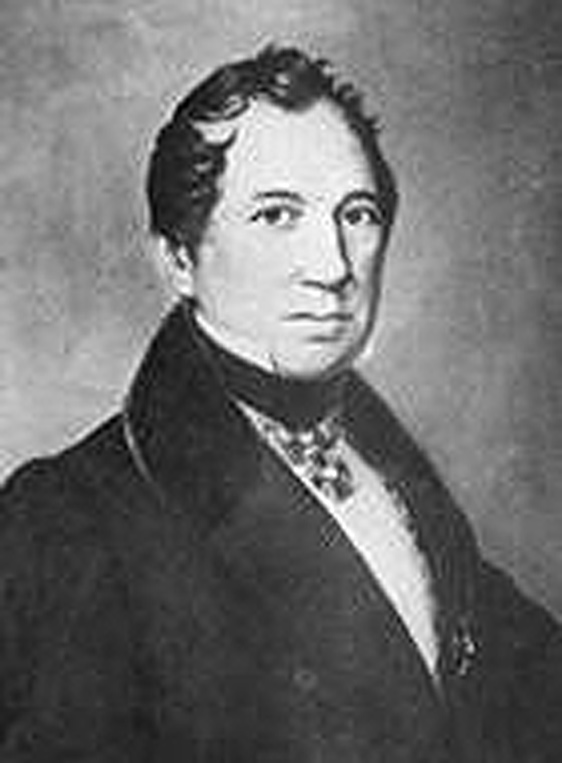
Carl Ludwig Engel (courtesy: Biografiakeskus, Suomalaisen Kirjallisuuden Seura)
Having slipped away for three weeks to St Petersburg he next appears in Turku, the former Swedish administrative capital of Finland, working on a sugar factory for a Petersburg industrialist. Here he also designed an observatory, but his big opportunity came when he was proposed as architect for the rebuilding committee for Helsinki. He drew up plans in the St Petersburg Empire Style, itself based on European Palladianism, and these having been approved by the Tsar, Engel received his contract in 1816.

Senate Square, Helsinki, 1822-1844 courtesy: this is Finland
Among a wealth of buildings designed by Engel the length and breadth of the Grand Duchy, his masterpiece is Senate Square in Helsinki. He was a wizard with classical column orders, the use of which entailed an internal hierachy which must have appealed to the imperial bureaucrats. He followed the approved Palladian rules in selecting different orders for different functions, so that the Senate, for example, deploys Corinthian columns to suggest the power of its incumbents, with the Ionic order for the street façade to tie in with the surrounding municipal and domestic scene. His brilliance was to follow the rules meticulously but nevertheless devise ensembles of great harmony and a freshness appropriate to a young Baltic state. By mid-century a new city graced the Gulf of Finland, gateway to St Petersburg, Russia’s window on the west. ‘It was a city of light colours – mainly yellow and grey – in which every building was in the same style, with the same kinds of cornices, window surroundings, pilasters and pediments…’ (Nils Erik Wickberg). A triumph of order, and a small reflection of the great imperial capital itself.
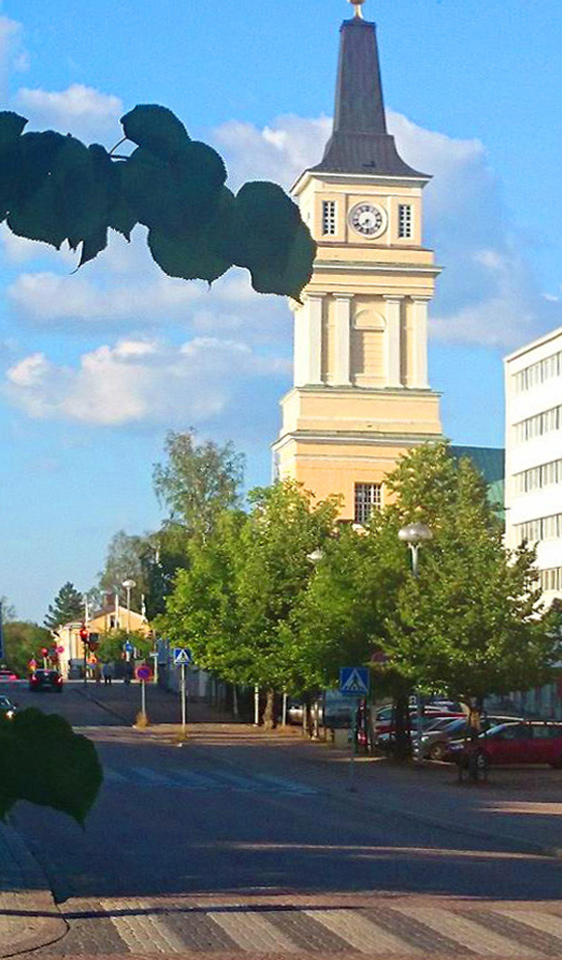
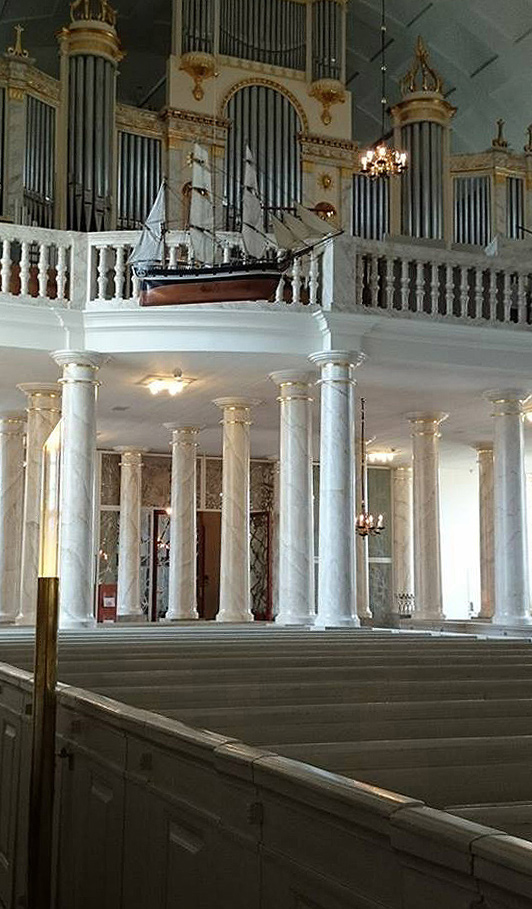
Cathedral, Oulu, 1832. Photographs by Bazarov
Engel’s work is to be found in many towns and cities, introducing a note of elegance to places otherwise often disfigured by fire or war.
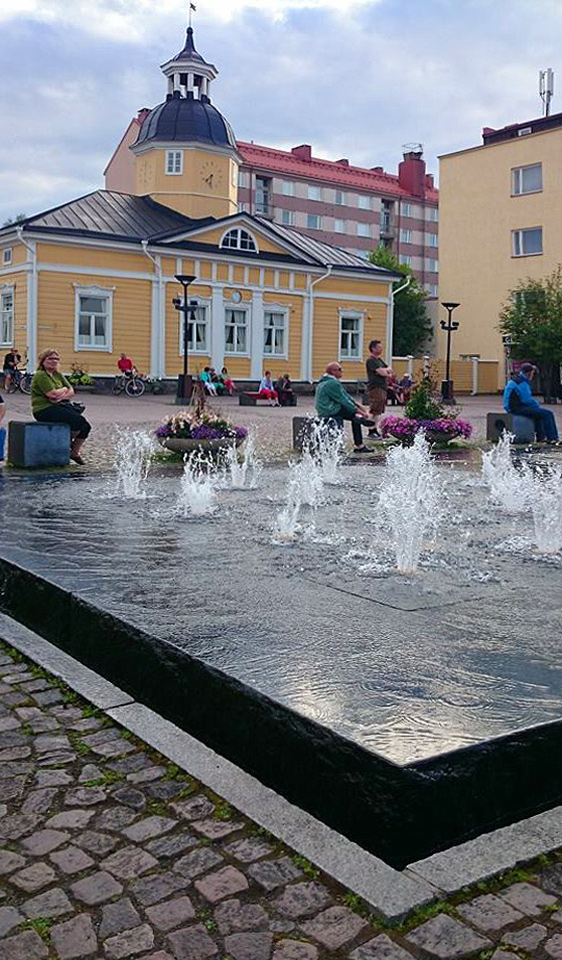
Town Hall, Kajaani, 1831. Photograph by Bazarov
The traditional timber houses of old Finland are now few and far between, and within 50 year of Engel’s death, new styles emerged such as Jugendstijl of which Helsinki has a very rich selection. The pioneering modernism of Alva Aalto may indeed be thought of as arising from the neoclassical purism of Engel as well as the traditional forms of Finnish architecture. Tsar Alexander 1 and his officials were in this sense the midwives of a distinctive and enduring architectural tradition at the top of the Baltic.
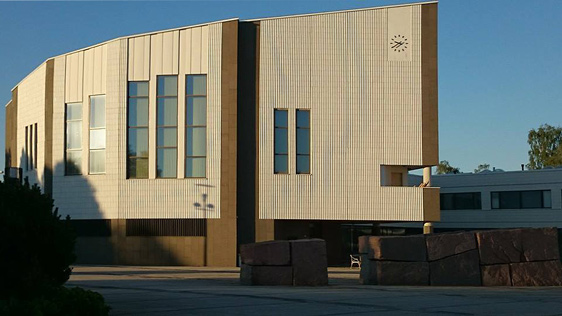 Laapia House, Rovaniemi, Aalvar Aalto, 1965. Photograph by Bazarov
Laapia House, Rovaniemi, Aalvar Aalto, 1965. Photograph by Bazarov


